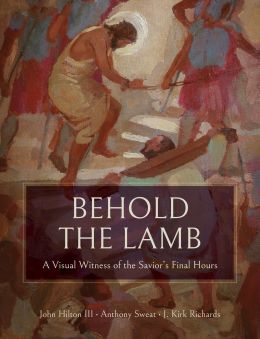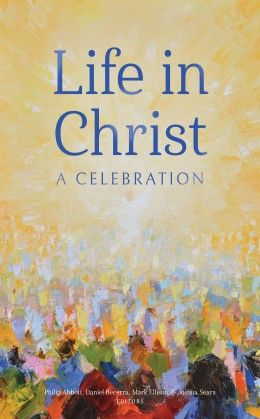Religious Studies Center Books
This book draws on personal writings, archival research, and oral histories to tell the story of the beginnings and expansion of The Church of Jesus Christ of Latter-day Saints in the British Isles through the lens of the places where its members worshipped from 1837 to 1965. Original research has yielded many compelling accounts that together reflect an evocative aspect of the British Saints’ lived history: their places of worship. In the Church’s first century in the British Isles, we see how their religious devotion eclipsed the dismal realities of their often-subpar circumstances and meeting places—from cramped tents and homes to rented rooms and halls and other temporary quarters. The historical tour then settles on the 1960s, an era that saw the inauguration, development, and ultimate closure of the Church Building Programme. This institutional thrust relied on the labour of young Latter-day Saints, many of whom were recent converts who volunteered to leave their homes to construct chapels in various locations throughout the Isles. The blend of meticulous historical research with moving elements of human interest presents a unique perspective on how the Latter-day Saint faith community has grown, expanded, and developed over almost two centuries in the British Isles.
Behold the Lamb presents a compelling collection of contemporary artwork by Latter-day Saint artists, each piece depicting the final twelve hours of Christ’s mortal life—from his trial before Caiaphas to his burial. Through these visual meditations on Good Friday, the book invites readers to reflect more deeply on the Savior’s redemptive suffering and to “behold the Lamb of God,” who “was lifted up upon the cross and slain for the sins of the world” (1 Nephi 11:21, 33).
This volume explores the transformative power of the resurrection of Jesus Christ. Devoted disciples and scholars reflect on what it means to live in Christ—to walk in newness of life, to gain a more expansive view of ourselves and others, to be changed by grace, and to find divine peace and joy even in our darkest moments. Together, their reflections testify that Christ’s triumph over death is not only a historical miracle but also a present source of joy, healing, and renewal.


